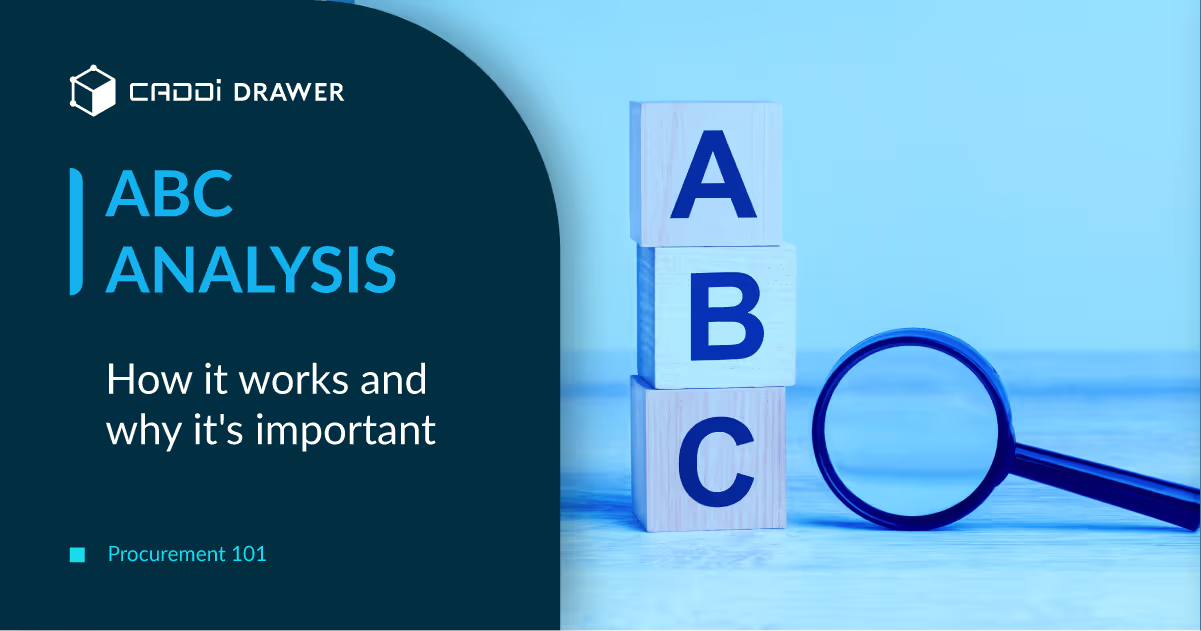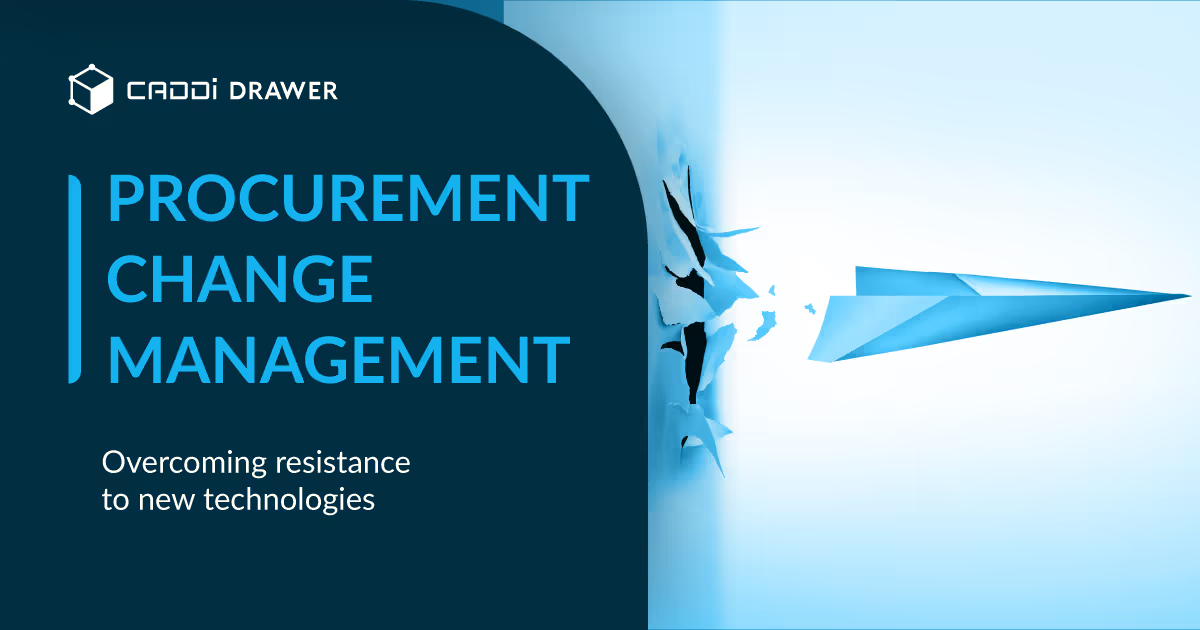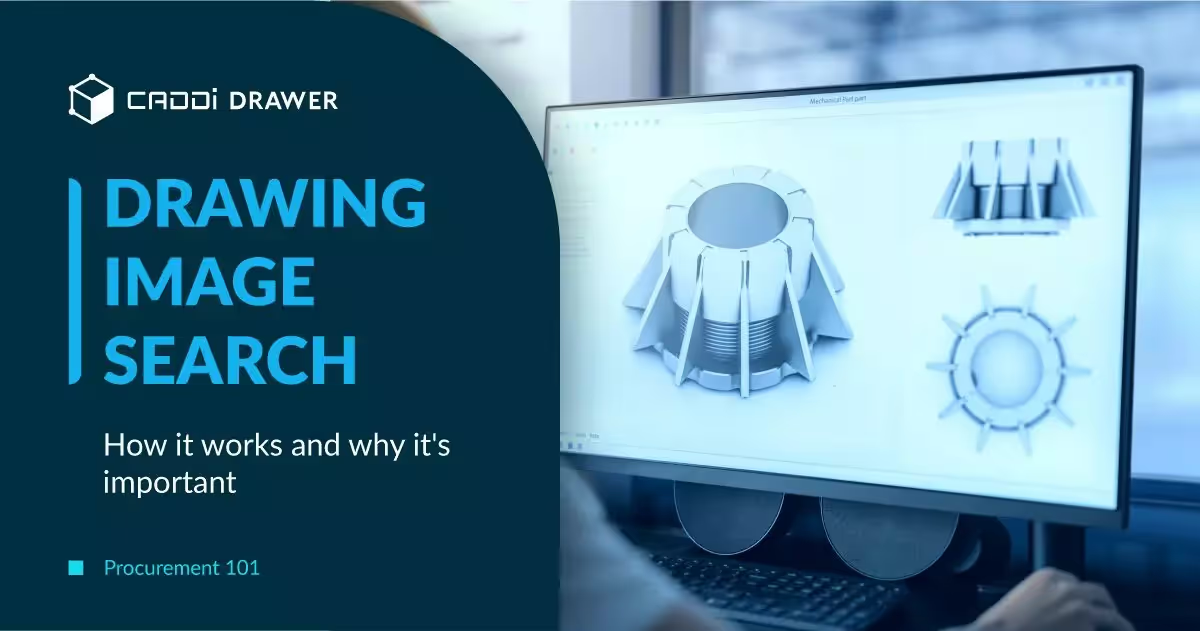Procurement Strategy

Table of Contents

To get the most out of purchasing and managing your inventory of parts, it’s important to build and maintain a good procurement strategy. It’s easy to focus on each individual transaction and “miss the forest for the trees”, passing up opportunities to make long-term substantial improvements.
What is procurement strategy?
Procurement strategy refers to a collection of mindset and processes aimed at making your procurement systems more efficient, profitable, and stable. A good procurement strategy is ever-evolving, taking in the lessons from your previous strategies and responding to new goals and challenges.
Let’s take a look at what your procurement strategy can achieve for you and how to go about building one that fits your needs.
Benefits of a good procurement strategy
There are many benefits to a good procurement strategy, including:
Cost reduction
The most tangible upside of having a good procurement strategy is saving money. By being more strategic about which suppliers you work with for which orders, you can save money.
Better procurement efficiency
Cycle lengths for each order can be reduced by having a good strategy in place. Many manual steps and approvals can be skipped or expedited if there’s a consistent plan in place.
Better supply chain management
A good procurement strategy makes you more robust and resilient to disruptions in the supply chain by having plans B and C ready to go.
More agility in seizing new opportunities
Your procurement strategy will make you more flexible and adaptive in response to new opportunities. When a new supplier becomes available or a new part needs to be ordered, your strategy will enable you to move quickly, without lengthy evaluation from scratch.
Procurement tactics for building a strategy
Your procurement strategy requires various processes and tactics to build and implement. Here are some key ones:
Insightful data tracking
A prerequisite for building a good procurement strategy is having complete data around your procurement history available.
Beyond just tables of order numbers and quantities, you want a database that conveys real insights. For example, you don’t want to just know data around an order of the specific part “HF-9877283”, but you want to compare that data with other parts with the same features, dimensions, materials, or other qualities.
CADDi tracks parts according to their design, allowing you to make more strategic insights about categories of parts and their suppliers. This is essential to a good procurement strategy, allowing you to make decisions based on the functional qualities of a part instead of arbitrary part numbers or names.
Supplier consolidation
Supplier consolidation refers to reducing the number of suppliers and ordering more parts from each of them. This can be an impactful part of procurement strategy. Suppliers are likely to offer you a better deal if you purchase in more bulk, saving you money.
Moreover, supplier consolidation can lead to more consistency in part quality, reduce overhead costs associated with multiple individual orders, and reduce the chance that one of your suppliers will be disrupted.
Achieving supplier consolidation requires you to understand what types of parts each supplier can offer you. It may require some proactive outreach and negotiation, but these investments will pay for themselves.
Supplier diversification
As beneficial as supplier consolidation is, diversifying suppliers can be equally important. Both should be part of your procurement strategy. When you consolidate your suppliers, you reduce the risk of suppliers becoming disrupted, but you increase the negative impact of one of your major suppliers being unable to provide. A healthy amount of diversification keeps you from putting all your eggs in one basket.
Diversifying suppliers also provides opportunities for bargains. A good procurement strategy should involve checking alternatives to known suppliers in case money saved can be worth it. Exploring other suppliers can open up a lot of data for future strategic moves. You’ll accumulate quality, order time, and cost data for each supplier you work with, giving you more options for future orders.
Strategic trade offs
Working on an order-by-order basis, you may be tempted to maximize for quality for every part. Alternatively, you might want to go for the cheapest option every time, or you may need to go with the fastest. In actuality, there is almost always a threshold for each that you need to meet, with the other metrics being free to be improved past that point.
Determining those thresholds in an efficient way is a big part of your procurement strategy. Figure out baselines for the quality you need for different categories of parts, plus the required timelines and cost constraints for different projects. Once you know where trade offs are available, you can have more leeway and more options.
Other tactics
A good procurement strategy will involve investigating many other aspects of your procurement system. Explore our blog to learn more about other optimizations you can make.
To get the most out of purchasing and managing your inventory of parts, it’s important to build and maintain a good procurement strategy. It’s easy to focus on each individual transaction and “miss the forest for the trees”, passing up opportunities to make long-term substantial improvements.
What is procurement strategy?
Procurement strategy refers to a collection of mindset and processes aimed at making your procurement systems more efficient, profitable, and stable. A good procurement strategy is ever-evolving, taking in the lessons from your previous strategies and responding to new goals and challenges.
Let’s take a look at what your procurement strategy can achieve for you and how to go about building one that fits your needs.
Benefits of a good procurement strategy
There are many benefits to a good procurement strategy, including:
Cost reduction
The most tangible upside of having a good procurement strategy is saving money. By being more strategic about which suppliers you work with for which orders, you can save money.
Better procurement efficiency
Cycle lengths for each order can be reduced by having a good strategy in place. Many manual steps and approvals can be skipped or expedited if there’s a consistent plan in place.
Better supply chain management
A good procurement strategy makes you more robust and resilient to disruptions in the supply chain by having plans B and C ready to go.
More agility in seizing new opportunities
Your procurement strategy will make you more flexible and adaptive in response to new opportunities. When a new supplier becomes available or a new part needs to be ordered, your strategy will enable you to move quickly, without lengthy evaluation from scratch.
Procurement tactics for building a strategy
Your procurement strategy requires various processes and tactics to build and implement. Here are some key ones:
Insightful data tracking
A prerequisite for building a good procurement strategy is having complete data around your procurement history available.
Beyond just tables of order numbers and quantities, you want a database that conveys real insights. For example, you don’t want to just know data around an order of the specific part “HF-9877283”, but you want to compare that data with other parts with the same features, dimensions, materials, or other qualities.
CADDi tracks parts according to their design, allowing you to make more strategic insights about categories of parts and their suppliers. This is essential to a good procurement strategy, allowing you to make decisions based on the functional qualities of a part instead of arbitrary part numbers or names.
Supplier consolidation
Supplier consolidation refers to reducing the number of suppliers and ordering more parts from each of them. This can be an impactful part of procurement strategy. Suppliers are likely to offer you a better deal if you purchase in more bulk, saving you money.
Moreover, supplier consolidation can lead to more consistency in part quality, reduce overhead costs associated with multiple individual orders, and reduce the chance that one of your suppliers will be disrupted.
Achieving supplier consolidation requires you to understand what types of parts each supplier can offer you. It may require some proactive outreach and negotiation, but these investments will pay for themselves.
Supplier diversification
As beneficial as supplier consolidation is, diversifying suppliers can be equally important. Both should be part of your procurement strategy. When you consolidate your suppliers, you reduce the risk of suppliers becoming disrupted, but you increase the negative impact of one of your major suppliers being unable to provide. A healthy amount of diversification keeps you from putting all your eggs in one basket.
Diversifying suppliers also provides opportunities for bargains. A good procurement strategy should involve checking alternatives to known suppliers in case money saved can be worth it. Exploring other suppliers can open up a lot of data for future strategic moves. You’ll accumulate quality, order time, and cost data for each supplier you work with, giving you more options for future orders.
Strategic trade offs
Working on an order-by-order basis, you may be tempted to maximize for quality for every part. Alternatively, you might want to go for the cheapest option every time, or you may need to go with the fastest. In actuality, there is almost always a threshold for each that you need to meet, with the other metrics being free to be improved past that point.
Determining those thresholds in an efficient way is a big part of your procurement strategy. Figure out baselines for the quality you need for different categories of parts, plus the required timelines and cost constraints for different projects. Once you know where trade offs are available, you can have more leeway and more options.
Other tactics
A good procurement strategy will involve investigating many other aspects of your procurement system. Explore our blog to learn more about other optimizations you can make.
Ready to see CADDi Drawer in action? Get a personalized demo.
Subscribe to our Blog!
Related Resources












.svg)



.svg)
.svg)
.svg)


